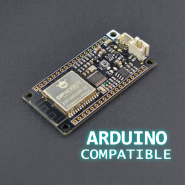- On sale!
- -€3.00
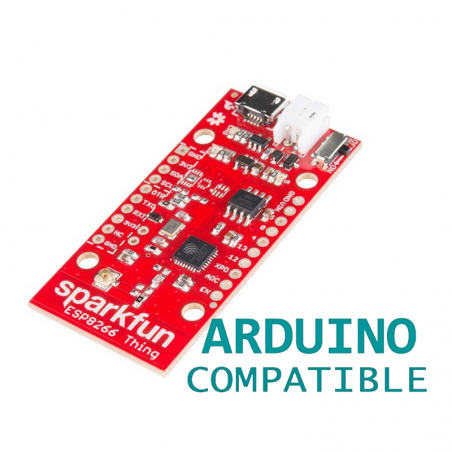







The SparkFun ESP8266 Thing is a breakout and development board for the ESP8266 WiFi SoC – a leading platform for Internet of Things (IoT) or WiFi-related projects.
The Thing is low-cost and easy to use, and Arduino IDE integration is seamless.
This new development board breaks out all of the module’s pins – matching most I2C-based breakout boards – and comes equipped with a LiPo charger, power supply and all other supporting circuitry.
The Thing does everything from turning on an LED to posting data with phant.io, and can be programmed just like any microcontroller.
The ESP8266’s maximum voltage is 3.6V, so the Thing has an onboard 3.3V regulator to deliver a safe, consistent voltage to the IC. That means the ESP8266’s I/O pins also run at 3.3V, you’ll need to level shift any 5V signals running into the IC.
A 3.3V FTDI Basic is required to program the SparkFun ESP8266 Thing, but other serial converters with 3.3V I/O levels should work just fine as well. The converter does need a DTR line in addition to the RX and TX pins.
Features:
Documents:
Related products
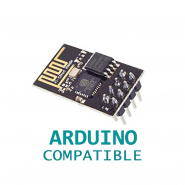
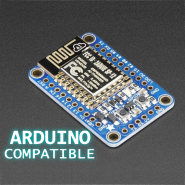
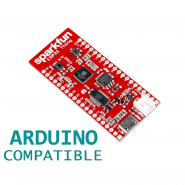
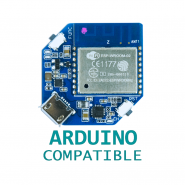

The SparkFun ESP8266 Thing is a breakout and development board for the ESP8266 WiFi SoC – a leading platform for Internet of Things (IoT) or WiFi-related projects.

